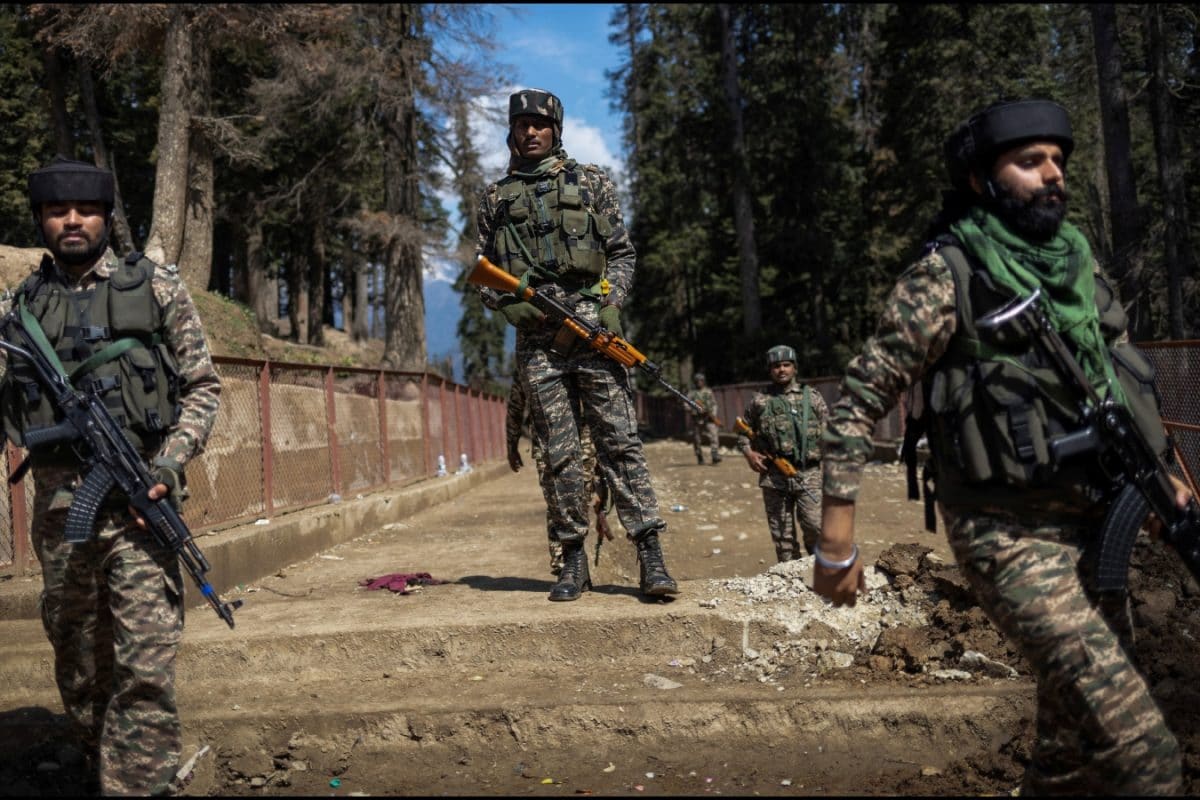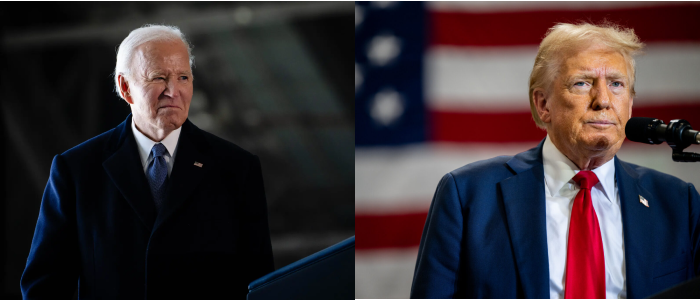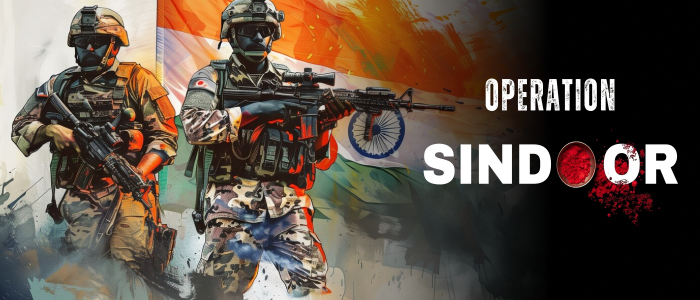India must remain vigilant, ensure robust counterterrorism mechanisms, and continue fostering peace and economic growth in Jammu and Kashmir In the wake of any terror attack, the government of the day often reacts, saying that this is ‘a sign of desperation’ of terrorists. The recent Pahalgam massacre, however, is just that. The outrage, though horrific and tragic, is an isolated act of brutality from a movement that is increasingly gasping for relevance.
Jihadists in and outside Kashmir—including those in West Asia—are struggling. They had hoped that the abrogation of Article 370 in August 2019 would result in a mass uprising in the Valley. Contrary to those expectations, the transition post-Article 370 was marked by relative calm.

While there were some protests in the initial months, the predicted groundswell of insurgency failed to materialise. Security measures, increased investments in infrastructure, and a gradual normalisation of life contributed to an environment of peace. Importantly, the economy began to show positive signs of growth, helping to shift the public’s focus from separatist agendas to development and prosperity.
The situation gradually turned normal; the ensuing peace revived tourism, the mainstay of Jammu and Kashmir’s economy. In fact, the entire state’s economy has been doing well. According to the state’s Economic Survey 2024-25, the growth rate was 7.
06 per cent in 2024-25. In comparison, the national growth rate was 6.4 per cent.
People from other parts of the country visit Kashmir to relish the natural beauty it is endowed with, and the Kashmiris go to other states for various purposes. These developments have dealt a severe blow to the jihadist narrative. Their central argument—that Kashmiris are alienated, oppressed, and desperate for separation—stands discredited in the face of growing integration, economic prosperity, and normalcy.
For these elements, which have long thrived on chaos and discontent, the relative peace is unprofitable and dangerous. The Pahalgam attack, therefore, can be interpreted as a desperate and grotesque attempt to reassert relevance, to show that they still exist, even if the ideology they represent is crumbling. The jihadists are also having a tough time in West Asia.
Israeli Prime Minister Benjamin Netanyahu’s firm leadership, with unflinching support from Donald Trump’s America, has broken the back of Hamas and other jihadists. Israeli armed forces have dismantled many operational networks of jihadist organisations. Cross-border tunnels, financial flows, and weapon smuggling routes have been disrupted.
In Gaza, the West Bank, and beyond, the space for armed Islamist militancy has shrunk considerably. There is also a possibility that the US may take military action against Iran, which is supporting jihad in the region. Pakistan, the main sponsor of terrorism in Kashmir, is also facing every problem a nation can face: economically, it is a mess, with per capita income declining or stagnating and debt rising; socially and culturally, it is heading towards further Islamisation; politically and militarily, it is hopelessly divided, suffering from armed insurgencies in Balochistan and elsewhere.
Its Army chief, Gen Asim Munir, last week had to revoke the doctrine of the 1940s, the two-nation theory, to justify the nation’s existence. Indeed, Pakistan faces an existential crisis. In Europe, too, anti-Islamist political parties and leaders are coming to the fore.
In short, both jihadists and their sponsor states are in deep trouble. This has made them so desperate that they have even changed the playbook they have been following since 26/11: they have restarted civilian killings. The Mumbai outrage was so bloodcurdling that over-ground supporters of terrorists—pinkish intellectuals and human rights activists—found it difficult to defend.
According to the South Asia Terrorism Portal, since 2000, 4,954 civilians have been killed in terror incidents; out of this, 4,410 deaths, or 89 per cent of the total, took place in the first nine years (2000-08). However, the resurgence of attacks on civilians is not a sign of strength; it is a manifestation of panic. It is an attempt by defeated forces to bounce back to relevance, to rekindle a fire that they refuse to believe has largely burned out.
India mourns the loss of dozens of innocent lives, but it’s important to recognise that the outbreak of violence is not a resurrection of a mass movement. India must remain vigilant, ensure robust counterterrorism mechanisms, and continue fostering peace and economic growth in Jammu and Kashmir. The answer to violence lies not only in guns and guards but also in jobs, education, and hope.
As long as the people of Kashmir continue to reap the benefits of stability and integration, the ideological and operational space for jihadists will continue to shrink. The Cabinet Committee on Security has taken some punitive steps against Pakistan, including the suspension of the decades-old Indus Waters Treaty with Pakistan indefinitely. This can affect the water supply from the Indus and its distributaries—the Jhelum, Chenab, Ravi, Beas, and Sutlej—to Pakistan.
The Narendra Modi government may impose greater costs on Pakistan. The generals in Rawalpindi seem to be unaware of the fact that India can teach them a lesson without firing a shot. They also seem to have forgotten 1971.
The author is a freelance journalist. Views expressed in the above piece are personal and solely those of the author. They do not necessarily reflect News18’s views.
.
Politics

Opinion | Pahalgam Attack Shows Jihadists’ Desperation

India must remain vigilant, ensure robust counterterrorism mechanisms, and continue fostering peace and economic growth in Jammu and Kashmir















